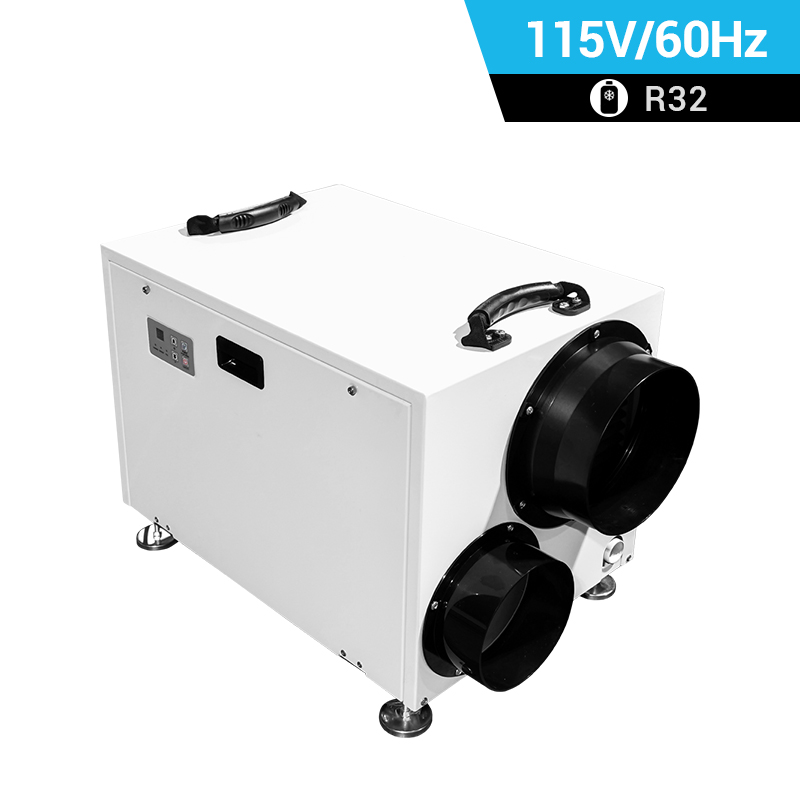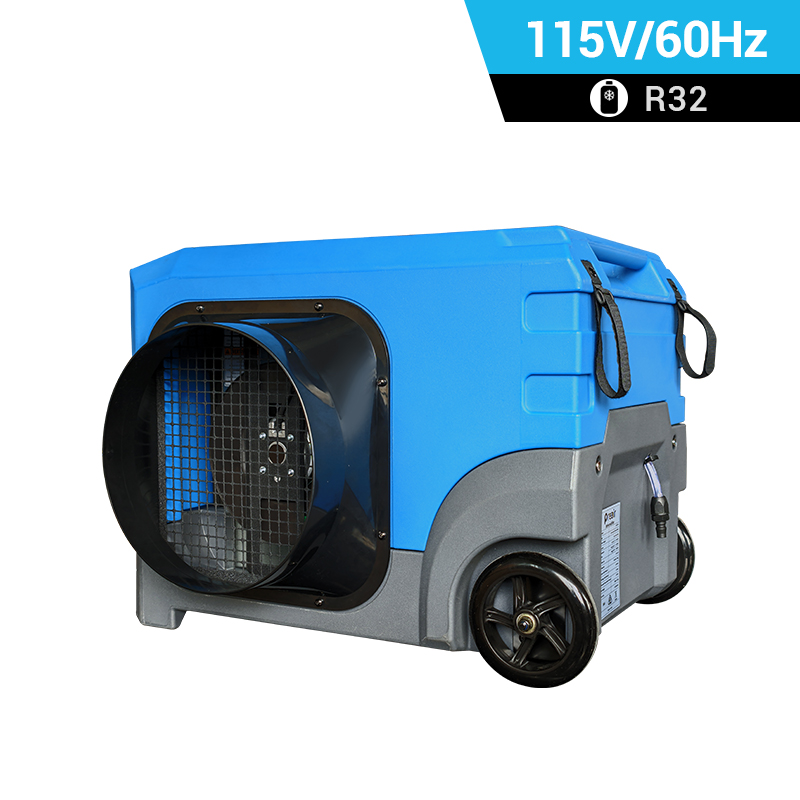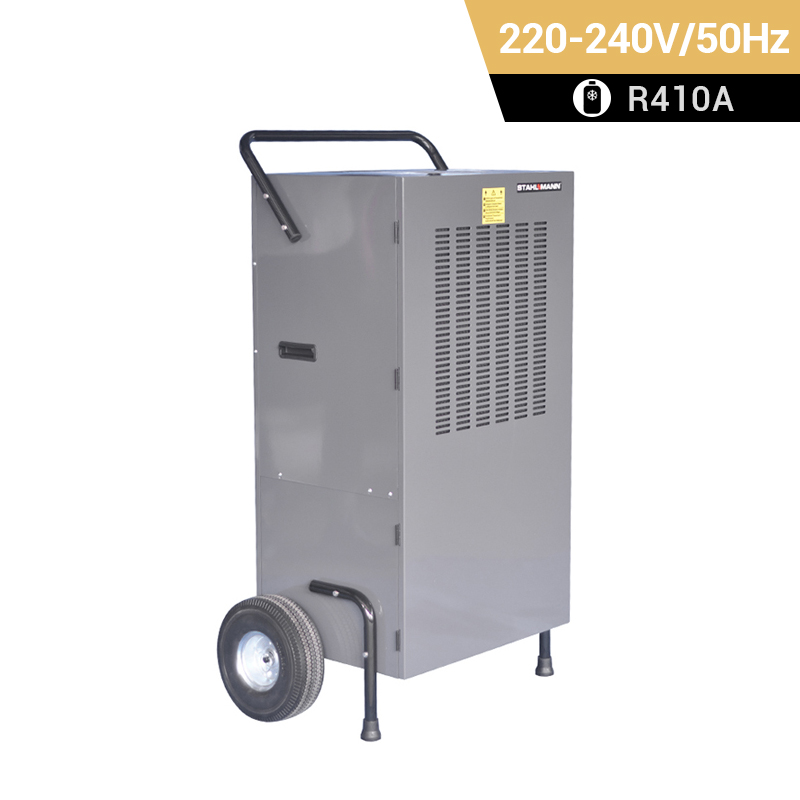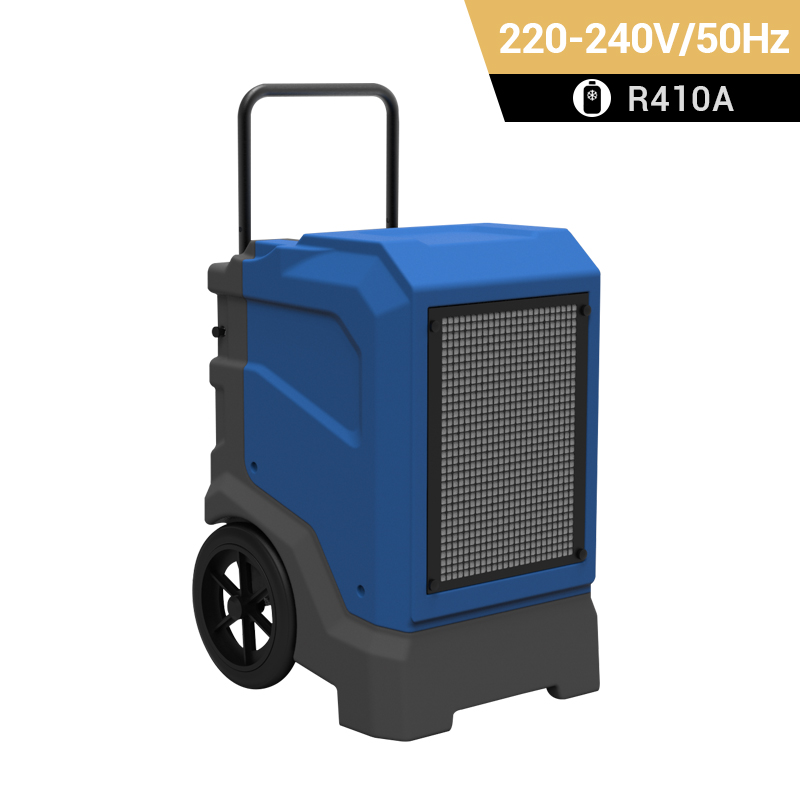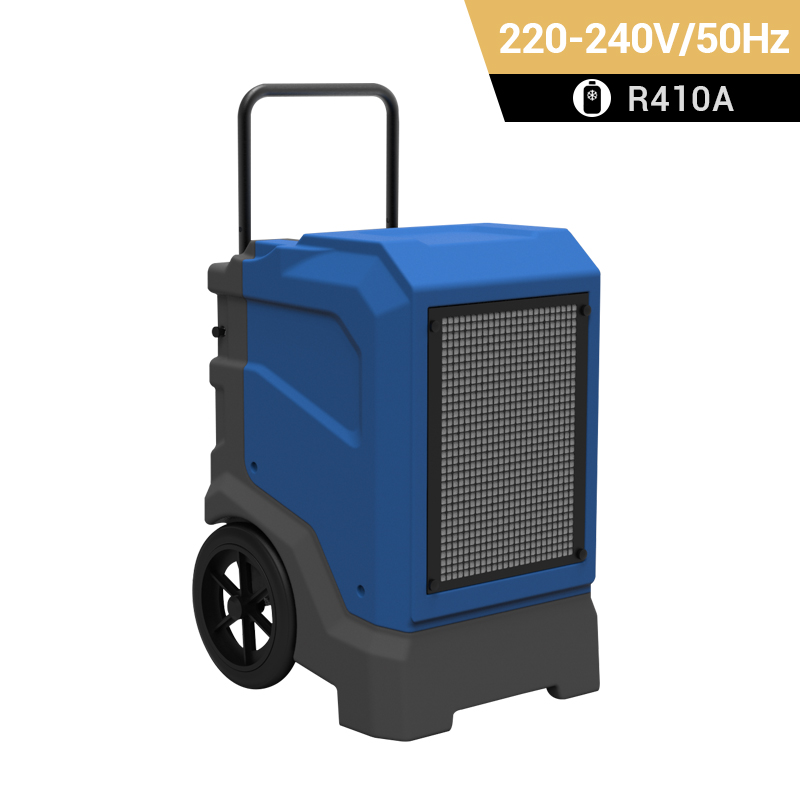 +86-13376814803
+86-13376814803  robert@hzhongtai.com
robert@hzhongtai.com
Dehumidifier For Under Your House
How do I dehumidify under my house?
To dehumidify the area under your house, typically known as the crawl space, you can follow these steps:
1. Assess the current condition: Begin by inspecting the crawl space for any signs of moisture, such as standing water, dampness, or mold growth. Identify the potential sources of moisture, such as leaks, improper drainage, or poor ventilation.
2. Address moisture sources: Fix any sources of water intrusion or leaks in the crawl space. This may involve repairing plumbing leaks, sealing foundation cracks, diverting rainwater away from the house, or installing proper drainage systems.
3. Improve ventilation: Adequate ventilation is crucial for reducing moisture in the crawl space. Ensure that the crawl space has proper ventilation openings, such as vents or fans, to allow for air circulation. If your crawl space has been encapsulated or sealed, consult with a professional to determine the best ventilation strategy, such as installing a mechanical ventilation system.
4. Install a vapor barrier: A vapor barrier is a plastic or foil sheet that helps prevent moisture from seeping into the crawl space. It should be installed on the ground, covering the entire crawl space area. Overlap the seams and secure the edges to prevent moisture from permeating through. This barrier helps reduce moisture evaporation from the soil and minimizes the chances of condensation.
5. Use a dehumidifier: Consider installing a house dehumidifier specifically designed for crawl spaces. Select a model with the appropriate capacity for your crawl space size. Place the dehumidifier for under house crawl space in a central location, elevated off the ground, and ensure it has proper drainage either through a condensate pump or a drainage system. Set the indoor dehumidifier to maintain an ideal humidity level, typically between 40% and 50%.
6. Insulate and seal: Proper insulation and sealing can further help control moisture in the crawl space. Insulate the walls and the rim joist area with insulation materials suitable for crawl spaces. Seal any gaps, cracks, or openings that may allow outside air or moisture to enter the crawl space.
7. Monitor and maintain: Regularly monitor the humidity levels in the crawl space using a hygrometer or moisture meter. Check the dehumidifier's operation and empty the water collection container or maintain the drainage system as needed. Inspect the crawl space periodically to ensure there are no new sources of moisture or signs of water damage.
If you're unsure about any aspect of dehumidifying your crawl space, it's recommended to consult with a professional or a contractor experienced in crawl space encapsulation and moisture control. They can assess your specific situation and provide tailored recommendations for your crawl space dehumidification needs.
Related Products



